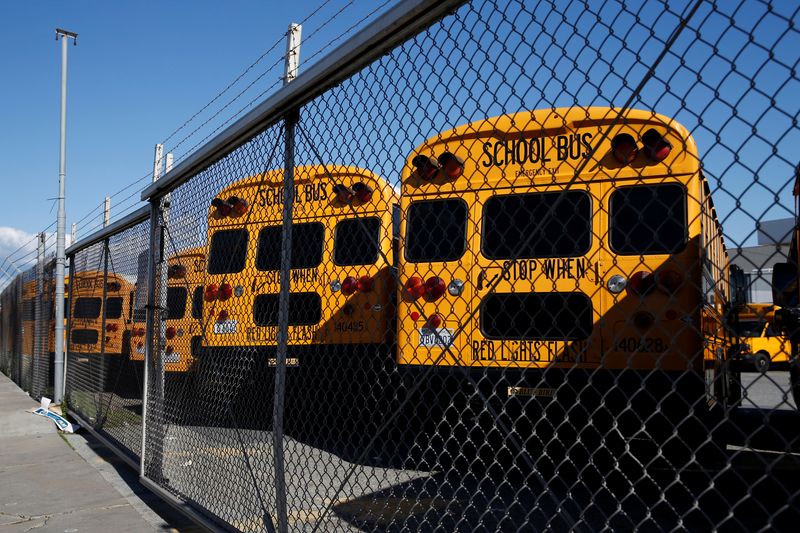It’s back-to-school time, and as students in New Jersey settle into their classrooms for a new academic year, parents, educators, and policymakers are invested in understanding the state’s educational landscape. New Jersey boasts impressive statistics in various educational metrics, from NAEP scores to graduation rates. Here’s a comprehensive look at some significant school facts that paint a picture of education in the Garden State.
The public school system in New Jersey, ranging from prekindergarten to 12th grade, is managed by elected local school boards and superintendents. In the year 2022, the state had 1,321,709 students attending 2,312 schools across 546 districts. With 109,282 teachers employed, the student-to-teacher ratio stood at approximately 1:12, which is better than the national average ratio of 1:16.
As of 2022, the per-pupil spending in the state was $18,208.
The graduation rate is 91 percent.
Performance Metrics
The National Assessment of Educational Progress (NAEP) shows that New Jersey leads in academic performance among its neighboring states (Delaware, New York, and Pennsylvania). For the school year 49% of New Jersey’s 4th and 8th graders scored at or above proficient in both math and reading. These numbers stand in sharp contrast to the national averages, where only 41% of 4th graders and 34% of 8th graders reached similar levels of proficiency.
Graduation and Test Scores
New Jersey schools reported a graduation rate of 87.5% which is higher than the national average of 81.4%. The state also saw a larger number of students take the SAT over the ACT, with an average SAT score of 1521, exceeding the national average of 1498.
Dropout Rates
While the national average for high school event dropout rates remained at 3.3%, New Jersey performed better with a rate of 1.4%. This number indicates that the state has a stronger hold on keeping students in the educational system compared to the nation as a whole.
Educational Choices
New Jersey offers a range of school choice options, including charter schools, homeschooling, online learning, and private schools. A voluntary inter-district public school open enrollment policy is also in place, allowing more flexibility for parents and students.
Funding and Expenditures
New Jersey spent approximately 24.9% of its budget on elementary and secondary education. The primary source of school revenue was local funding. This demonstrates that the state prioritizes education in its budget allocation, exceeding its neighboring states in this regard.
As the school year begins, these facts offer a thorough understanding of what the New Jersey educational system looks like. With its strong performance metrics and emphasis on educational funding, the state serves as a valuable case study for effective education systems. However, challenges like decreasing teacher salaries call for ongoing attention and investment.

